اسکات جلو و اسکات عقب: کدام یک برای دوندگان بهتر است؟
وقتی صحبت از باشگاه و تمرینات بدنسازی میشود، دوندگان گزینههای زیادی برای انتخاب دارند که یکی از معروفترین آنها اسکات است. اما با وجود انواع مختلف این حرکت، آیا نوعی از اسکات بهتر از دیگری برای دوندگان است؟ بهطور خاص، آیا دوندگان باید اسکات جلو را انجام دهند یا اسکات عقب؟
مهم نیست که شما به عضلات جلویی پا (جلو ساق) توجه بیشتری دارید و به دنبال تقویت بیشتر عضلات گلوت هستید یا اینکه برای جلوگیری از آسیب به زانو تمرین میکنید، انجام اسکات میتواند به شما کمک کند تا عدم تعادلها را برطرف کرده و در مسابقات بعدی سریعتر شوید.
در ادامه میخواهیم بررسی کنیم کدام نوع اسکات برای دوندگان بهتر است، چگونه اسکات زدن به بهبود عملکرد دویدن کمک میکند و برخی از اشتباهات رایج که باید از آنها دوری کرد را بررسی کنیم. علاوه بر این، دقیقاً توضیح میدهیم که چگونه هر نوع اسکات را انجام دهید تا با اطمینان از فرم بدن خود اسکات بزنید.
مزایای اسکات برای دوندگان چیست؟
1. تقویت عضلات پا
اسکاتها عضلات اصلی پا نظیر چهارسر ران، همسترینگ و گلوتئوس را تقویت میکنند. این تقویت عضلات میتواند به بهبود قدرت دویدن و افزایش توانایی در هنگام ضربات پا کمک کند.
2. بهبود سلامت استخوانها
مطالعهای که در سال ۲۰۱۵ منتشر شده نشان داد که تمرینات قدرتی (شامل اسکات) بر روی ۳۸ مرد فعال از نظر فیزیکی، چگالی استخوانی را بهویژه در ناحیه کمر و لگن افزایش داده است.
3. بهبود وضعیت اقتصادی دویدن
تقویت عضلات پا و هسته بدن از طریق اسکاتها، میتواند به بهبود وضعیت اقتصادی دویدن (Running Economy) کمک کند. به عبارت دیگر، با انجام اسکاتها میتوانید در هنگام دویدن انرژی کمتری مصرف کنید و در عوض مسافت بیشتری را طی کنید.
4. بهبود دامنه حرکتی
چگونه اسکات جلو و اسکات عقب انجام دهیم؟
به گفته آشر کایگر هنری، مربی دو و متخصص توانبخشی، مبتدیان باید بدون وزنه شروع کنند و بهتدریج بار را افزایش دهند و به محض اینکه آماده استفاده از میله بلند (باربل) شدید، باید به دنبال حداکثر بار برای سه تکرار باشید. برای پیدا کردن این بار، ابتدا با وزنه سبک گرم کنید و سپس بهتدریج وزن را هر بار به میزان 2 تا 4 کیلوگرم افزایش دهید تا زمانی که بتوانید بهراحتی سه تکرار را انجام دهید.
اسکات عقب
- به میله (باربل) نزدیک شوید و آن را روی عضلات شانهها قرار دهید و مراقب باشید که میله در ناحیه گردن شما قرار نگیرد. دستها را درست در خارج از شانهها بگذارید و میله را بگیرید.
- با پاها بهطور صاف و با فاصلهای برابر عرض شانه بایستید و انگشتان پا را کمی به سمت بیرون بچرخانید. به این فکر کنید که انگشتان بزرگ پا روی زمین باقی بمانند، سپس هسته بدن را محکم کرده و به سمت پایین بروید، گویا که میخواهید روی یک صندلی نشسته و پایین بروید. به پایینترین حد ممکن بروید بدون اینکه فرم شما خراب شود، هسته بدن سفت و سینه بالا باشد.
- پای خود را به زمین فشار دهید و از عضلات گلوت برای ایستادن دوباره استفاده کنید.

اسکات جلو
- به میله اسکات نزدیک شوید و میله را روی جلوی شانههای خود، در نزدیکی گردن قرار دهید. دستان خود را زیر میله و به اندازه عرض شانه قرار دهید. آرنجها را به سمت بالا نگهدارید تا به جلو اشاره کنند. دستها باید در سطح افق قرار داشته باشند.
- با پاها به اندازه عرض شانه بایستید و انگشتان پا را کمی به سمت بیرون بچرخانید و وزن را بهطور یکنواخت در دو پا تقسیم کنید. به همان روال که در اسکات عقب توضیح داده شد، به پایین بروید.

تفاوتهای اصلی بین اسکات جلو و اسکات عقب چیست؟
هر دو نوع اسکات همان گروههای عضلانی را به کار میگیرند، اما تفاوت در محل قرارگیری میله و فرم اجرای حرکت، سطح فعالیت عضلات را تغییر میدهد.
اسکات عقب بیشتر بر روی بکارگیری عضلات در ناحیه لگن، گلوت و همسترینگ تمرکز دارد و مقداری هم عضلات بالایی بدن، core و چهارسر را درگیر میکند. از سوی دیگر، اسکات جلو بیشتر بر روی وضعیت عمودی بدن تأکید دارد که عضلات بالایی بدن، core و چهارسر را نیز به کار میگیرد و مقداری از عضلات گلوت و همسترینگ هم در این نوع اسکات درگیر میشوند.
در اسکات عقب، معمولاً میتوانید وزن بیشتری نسبت به اسکات جلو حمل کنید، زیرا موقعیت میله ثبات بیشتری را فراهم میکند که به بهترین شکل از گروههای عضلانی بیشتری مانند گلوت و همسترینگ استفاده میکند. دوندگان معمولاً باید به دنبال استفاده از ۸۰ تا ۸۵ درصد وزن اسکات عقب خود هنگام انجام اسکات جلو باشند.
نوع اسکاتی که برای شما بهتر عمل میکند، ممکن است به نوع مسیری که در دویدن خود طی میکنید بستگی داشته باشد. دوندگان کوهستانی ممکن است بیشتر بر روی اسکاتهای جلو تمرکز کنند، زیرا مسیرهای مسابقه آنها معمولاً شامل تپههای بیشتری است که به قدرت بیشتری از عضلات چهارسر در پایین آمدن نیاز دارد.
از سوی دیگر، دوندگان جادهای ممکن است بیشتر به سمت اسکاتهای عقب تمایل پیدا کنند تا زنجیره پشتی بدن را تقویت کنند، به جلو حرکت کنند و به قدرت، سرعت و چرخش دست یابند. تمام این موارد از عضلات گلوت و همسترینگ قوی ناشی میشود.
اشتباهات رایج دوندگان در انجام اسکات
1. بیتوجهی به دامنه حرکتی مچ پا
اگر دامنه حرکتی مچ پای شما ضعیف است، ممکن است متوجه شوید که پاشنهها در هنگام انجام این حرکت از زمین جدا میشوند. این شرایط میتواند دامنه حرکتی لگن را هم تحت تأثیر قرار دهد.
در صورت بروز این مسئله بهتر است در ابتدا تمرینات دامنه حرکتی مچ پا را انجام دهید.
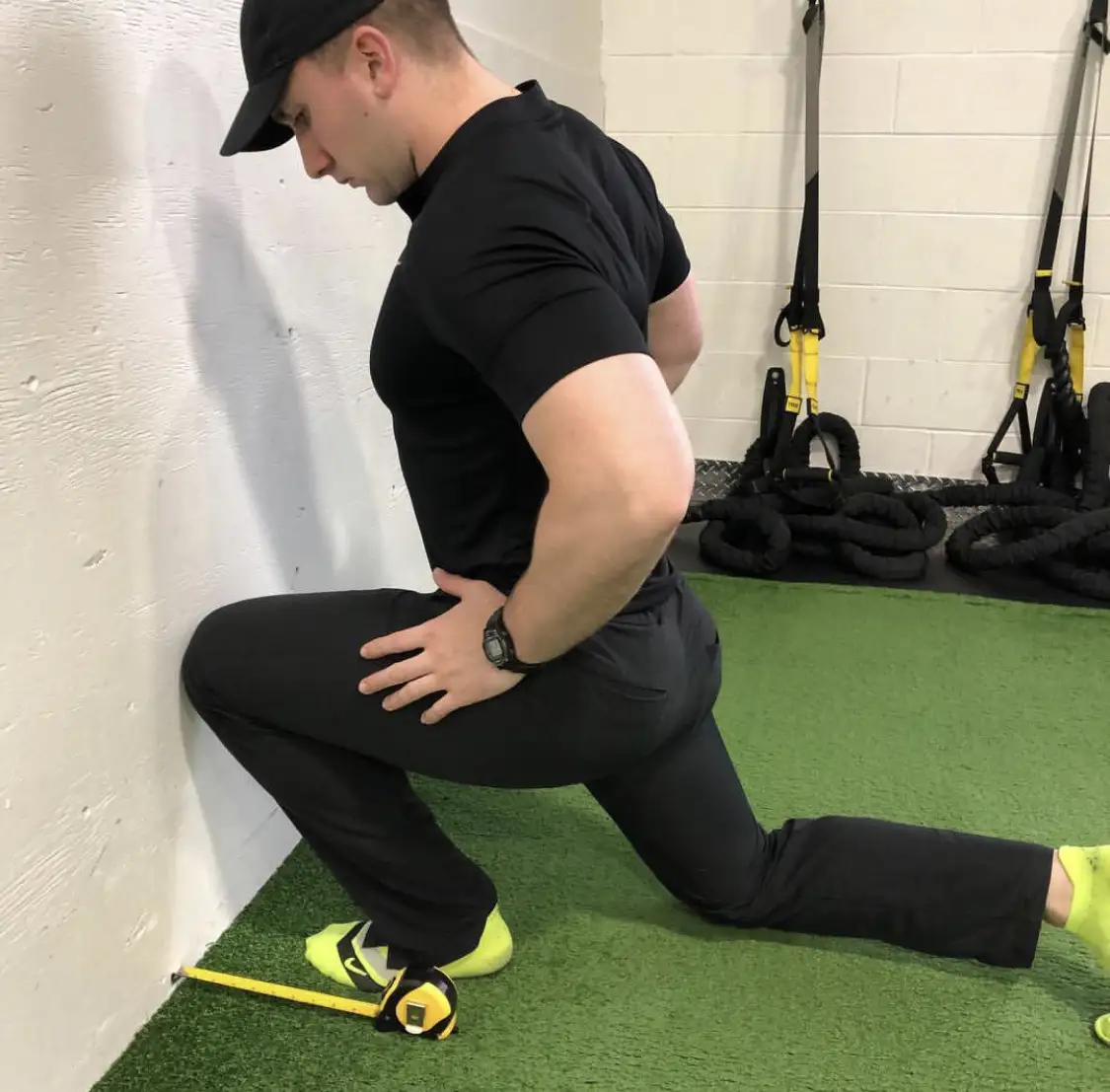
2.عدم درگیری core
بهخصوص در اسکات جلو، حفظ وضعیت عمودی تنه بسیار حیاتی است. بسیاری از افراد بهطور بیش از حد در ناحیه لگن خم میشوند و به جای نگهداشتن سینه به سمت جلو، به سمت پایین مایل میشوند. با این اشتباه، احتمالاً در حین ایستادن دوباره از حالت نامتعادل خارج خواهید شد.
3. انحراف زانو به سمت داخل
برخی از دوندگان ممکن است متوجه شوند که زانوهایشان هنگام ایستادن از اسکاتهای جلو و عقب به سمت داخل خم میشوند. در حین انجام اسکات، تمرکز کنید که زانوها را به سمت انگشتان کوچک پا هدایت کنید.
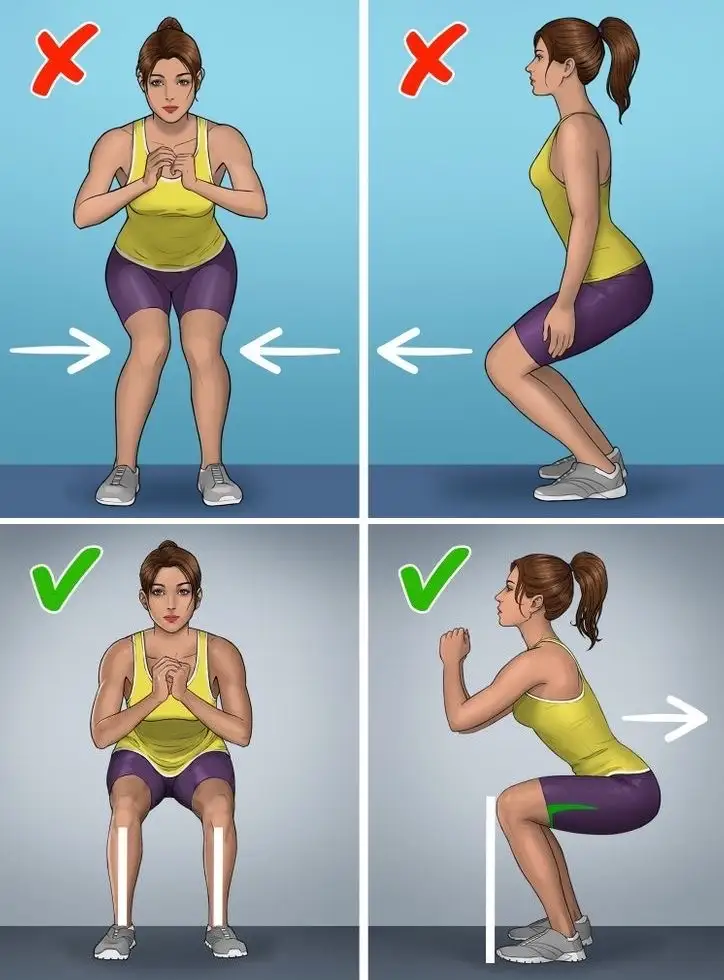
4.عدم نگهداری آرنجها به سمت بالا در اسکات جلو
برای جلوگیری از این اشتباه از تست بازوی صاف استفاده کنید: میله باربل (بدون هیچ وزنهای) را بر روی شانههای خود قرار دهید و بازوهای خود را به سمت جلو بهطور صاف بکشید تا موازی با زمین باشد. میله باید بهخوبی حمایت شود و دچار حرکت یا افت نشود.
همچنین، داشتن یک آینه در مقابل خود در حین انجام حرکت به شما کمک میکند تا بر روی فرم خود نظارت داشته باشید و اطمینان حاصل کنید که آرنجهایتان بالا باقی ماندهاند.
5. چرخش بیش از حد لگن
برخی افراد موقع انجام اسکات، آگاهی کمی از وضعیت بدنی خود دارند. یکی از اشتباهات در وضعیت بدنی هایپیراکستنشن در لگن است. که در طولانی مدت باعث آسیب در ناحیه کمری میشود.
علاوه بر این آسیبهای شایع در دوندگان را نیز میتوانید در این مقاله بخوانید.
اگر شما هم از جمله دوندههایی هستید که به دنبال بهبود تکنیکها و جلوگیری از آسیبدیدگی هستید، کلاسهای گروهی و آنلاین TehrunClub میتواند نقطه شروع خوبی برای شما باشد. در این کلاسها، با نحوه صحیح اجرای تمرینات آشنا میشوید و اشتباهات رایج را که ممکن است به شما آسیب بزند، یاد خواهید گرفت.

نحوه ادغام اسکات جلو و عقب در برنامه تمرینی شما
بسیاری از کارشناسان توصیه میکنند که دوندگان هر هفته یک ست اسکات جلو و یک ست اسکات عقب انجام دهند. بهتر است اگر تمرینات قدرتی خود را در روزهای مشخصی (مثلاً یکشنبه و سهشنبه) انجام میدهید، اسکات عقب را در روز یکشنبه و اسکات جلو را در روز سهشنبه انجام دهید.
اگر میدانید که میخواهید یک نوع اسکات را بیشتر از دیگری در برنامه قدرت خود گنجانید، سعی کنید برای سه تا چهار هفته متناوب بر روی یک نوع تمرکز کنید. به عنوان مثال، سه تا چهار هفته اسکاتهای جلو و ورژنهای تکپا انجام دهید، یک هفته استراحت کنید و سپس به سه هفته تمرکز بر روی اسکاتهای عقب اقدام کنید.
اگر شما یک دونده ماراتن یا نیمهماراتن هستید، بهتر است به تدریج شدت تمرینات قدرتی را در نزدیکی روز مسابقه کاهش دهید، بهخصوص در دوره (taper). این به معنای انتخاب تمرینات با وزن بدن یا کاهش ست و تکرارهاست. اما نباید از ادغام تمرینات قدرتی در بیشتر برنامههای آمادهسازی خود ترس داشته باشید. با توجه به نوع هدف، راههای زیادی برای حفظ پیشرفت قدرت بدون کاهش دویدن وجود دارد.
نتیجهگیری
بهطور خلاصه، هر دو نوع اسکات باید در برنامه تمرینی هر دوندهای وجود داشته باشد. اما شما ممکن است از تمرکز بر روی یکی بیشتر از دیگری بسته به اهداف دویدن و نقاط ضعف شخصی خود بهرهمند شوید.
|


















 .
.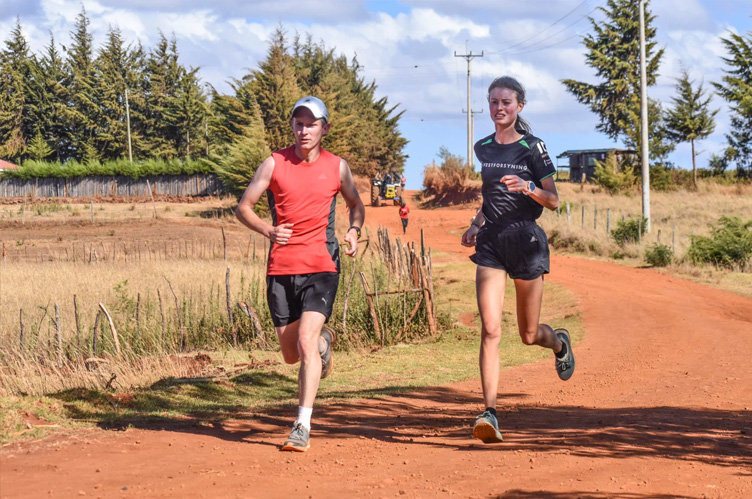

 وقتی برای اولین بار شروع به دویدن میکنید، کار سختی در پیش دارید. بسیار سنگین نفس میکشید و مغزتان فریاد میکشد که بس کنید.
وقتی برای اولین بار شروع به دویدن میکنید، کار سختی در پیش دارید. بسیار سنگین نفس میکشید و مغزتان فریاد میکشد که بس کنید.

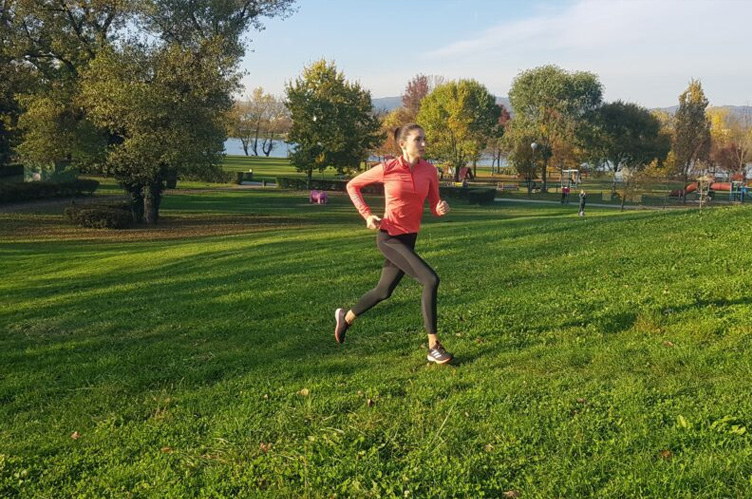 Note: برخی از دوندگان به تمرینات مبتنی بر افورت بیس (سختی محور) عادت ندارند، بنابراین در اینجا نشان میدهیم که تمرین در شیب چه حسّی دارد. بیایید از ستهای شیب متوسط به عنوان مثال استفاده کنیم. این تمرین باید حسی شبیه به 5K داشته باشد، بنابراین چند ست اول باید شبیه کیلومترهای اولیه 5K باشد – سریع اما کنترل شده و میتوانید نفس خود را در شیب منفی و هنگام نرم دوی ریکاوری بازیابی کنید.
Note: برخی از دوندگان به تمرینات مبتنی بر افورت بیس (سختی محور) عادت ندارند، بنابراین در اینجا نشان میدهیم که تمرین در شیب چه حسّی دارد. بیایید از ستهای شیب متوسط به عنوان مثال استفاده کنیم. این تمرین باید حسی شبیه به 5K داشته باشد، بنابراین چند ست اول باید شبیه کیلومترهای اولیه 5K باشد – سریع اما کنترل شده و میتوانید نفس خود را در شیب منفی و هنگام نرم دوی ریکاوری بازیابی کنید.
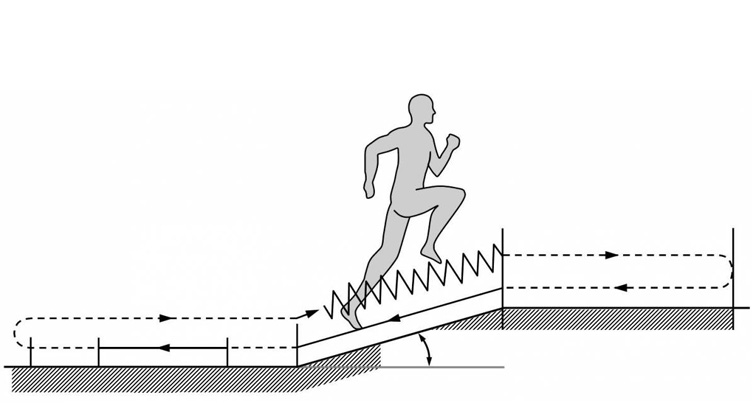

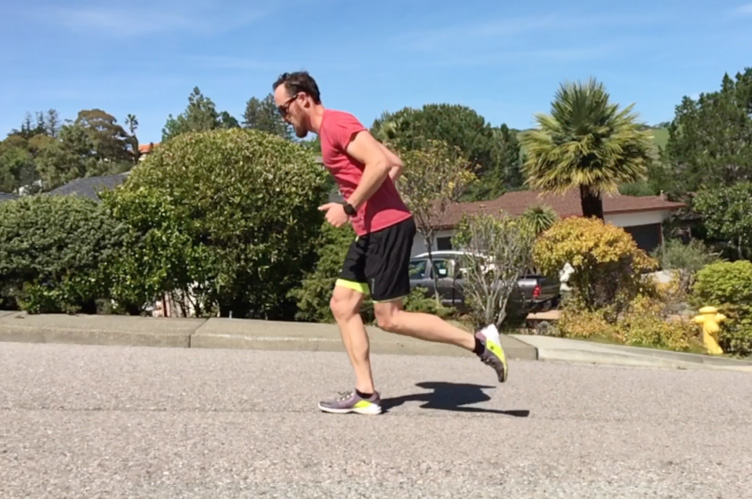 همین کار را با دستان خود انجام دهید (در برخی مواقع بالا کتف بزنید و برخی مواقع پایین). بازی بازی کنید. آزمایش کنید. ببینید چه چیزی برای شما کار میکند.
همین کار را با دستان خود انجام دهید (در برخی مواقع بالا کتف بزنید و برخی مواقع پایین). بازی بازی کنید. آزمایش کنید. ببینید چه چیزی برای شما کار میکند. حرکت دست
حرکت دست هنگان دویدن روی باسن خود تمرکز کنید
هنگان دویدن روی باسن خود تمرکز کنید برای جزئیات کامل در مورد فرم دویدن در شیب منفی،
برای جزئیات کامل در مورد فرم دویدن در شیب منفی،  اوایل برنامه
اوایل برنامه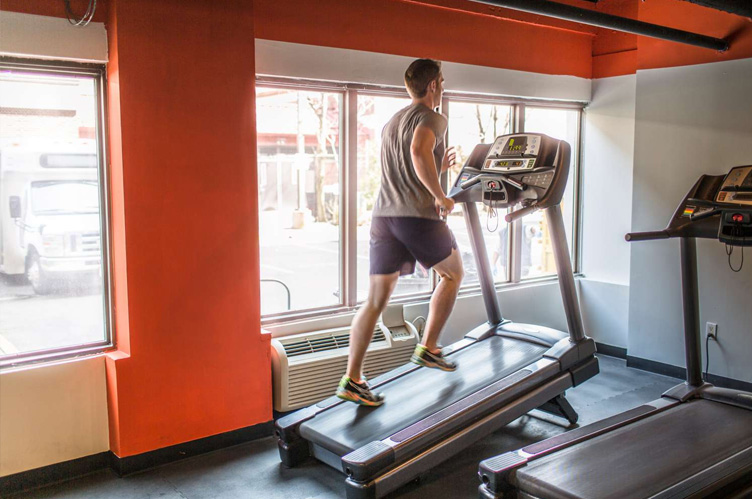 بعضی از دوندگان ساکنان مناطق مسطح از پارکینگ و پلها برای تمرینات شیب خود استفاده میکنند. واضح است که انتخابهای محدودی دارید ولی از هیچی بهتر است. اگر به هیچ شیبی دسترسی ندارید تمرینات شیب خود را به فارتلک (بازی با سرعت) تغییر دهید و از لحاظ زمانی و افورت و ریکاوری و تعداد ستها تطبیق دهید.
بعضی از دوندگان ساکنان مناطق مسطح از پارکینگ و پلها برای تمرینات شیب خود استفاده میکنند. واضح است که انتخابهای محدودی دارید ولی از هیچی بهتر است. اگر به هیچ شیبی دسترسی ندارید تمرینات شیب خود را به فارتلک (بازی با سرعت) تغییر دهید و از لحاظ زمانی و افورت و ریکاوری و تعداد ستها تطبیق دهید. لیدیارد از سه نوع تمرین دریل دوی استفاده میکرد:
لیدیارد از سه نوع تمرین دریل دوی استفاده میکرد: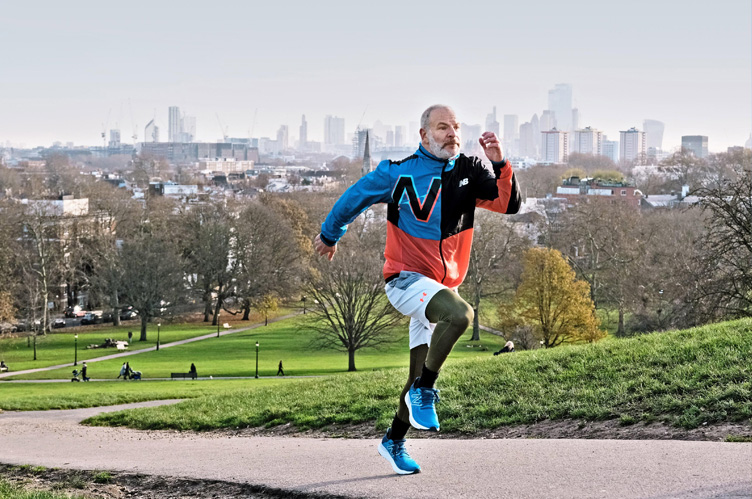 هیل اسپرینگ
هیل اسپرینگ
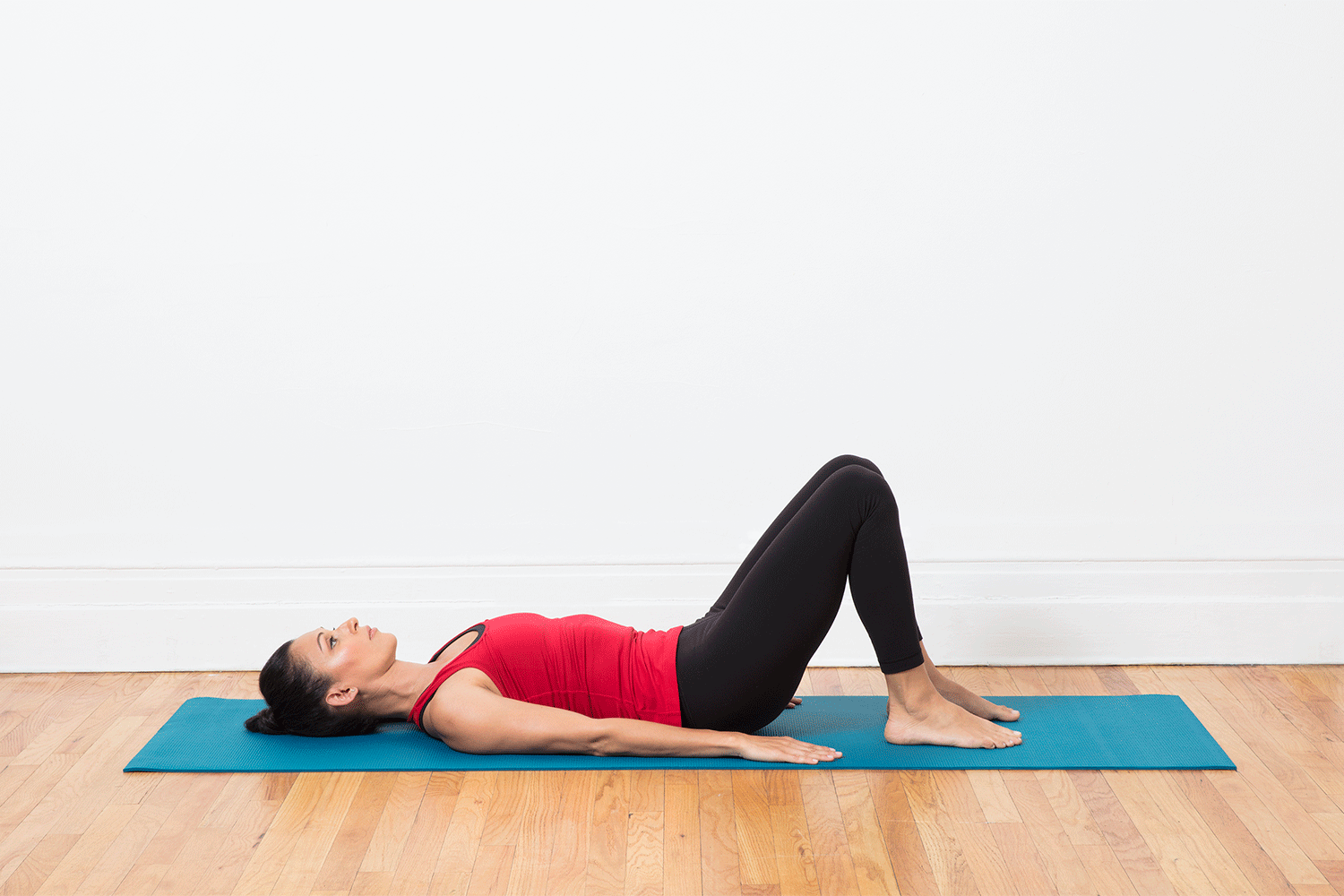
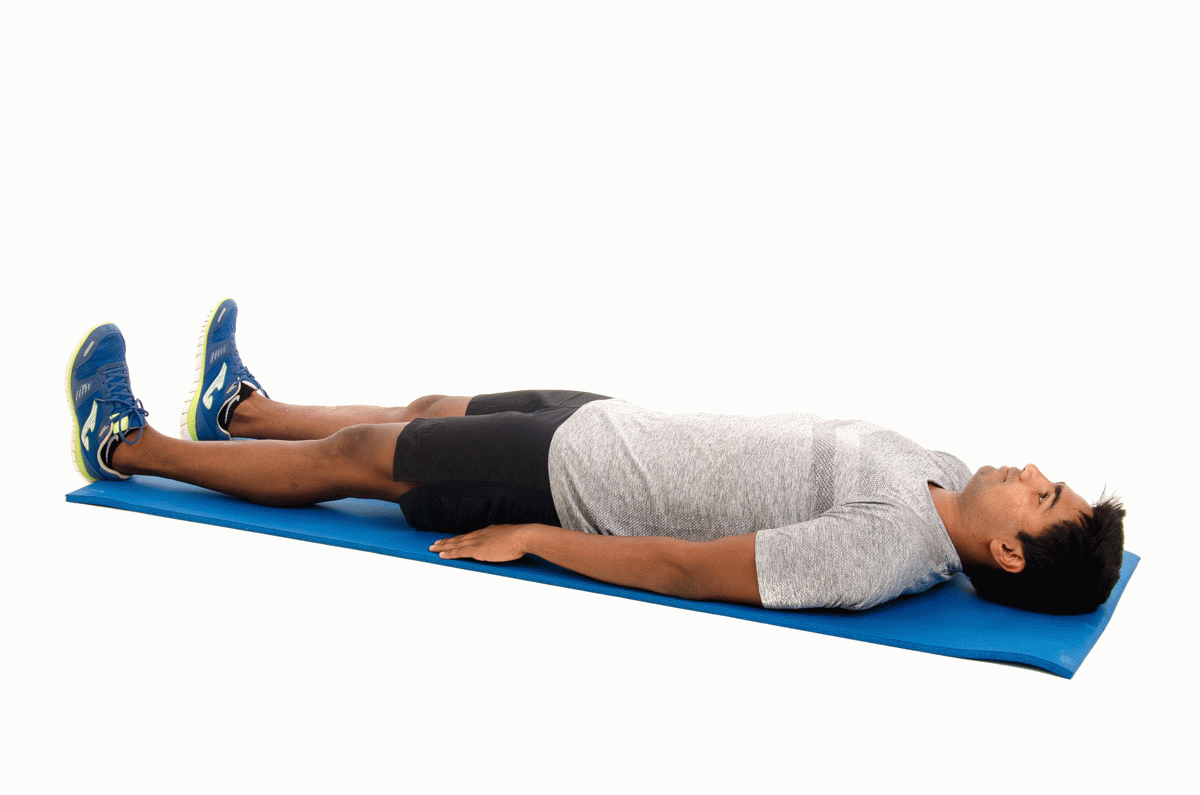
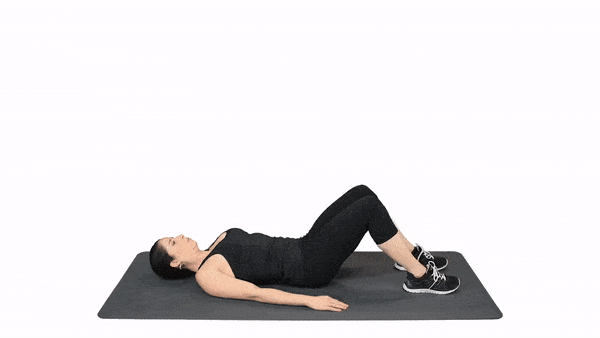
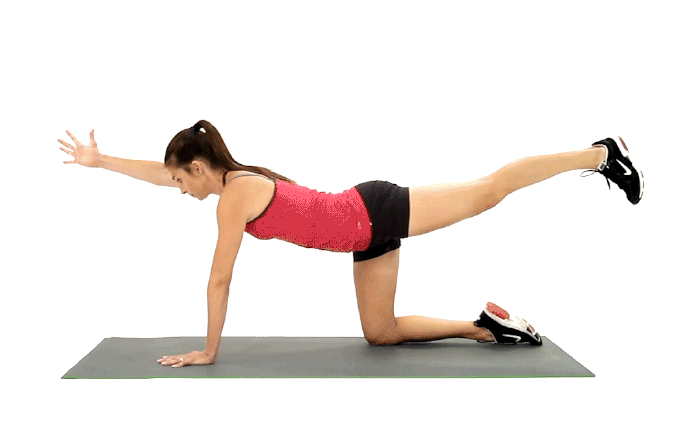


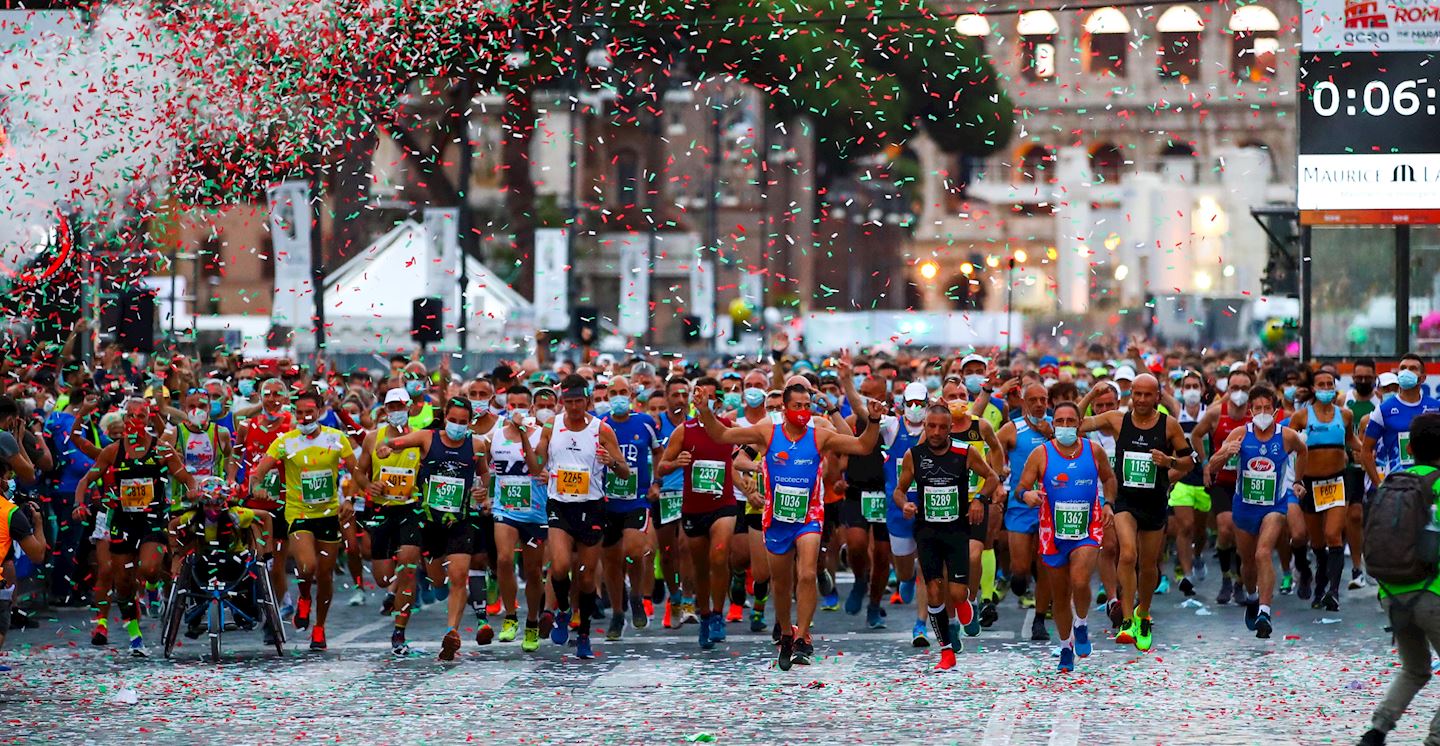
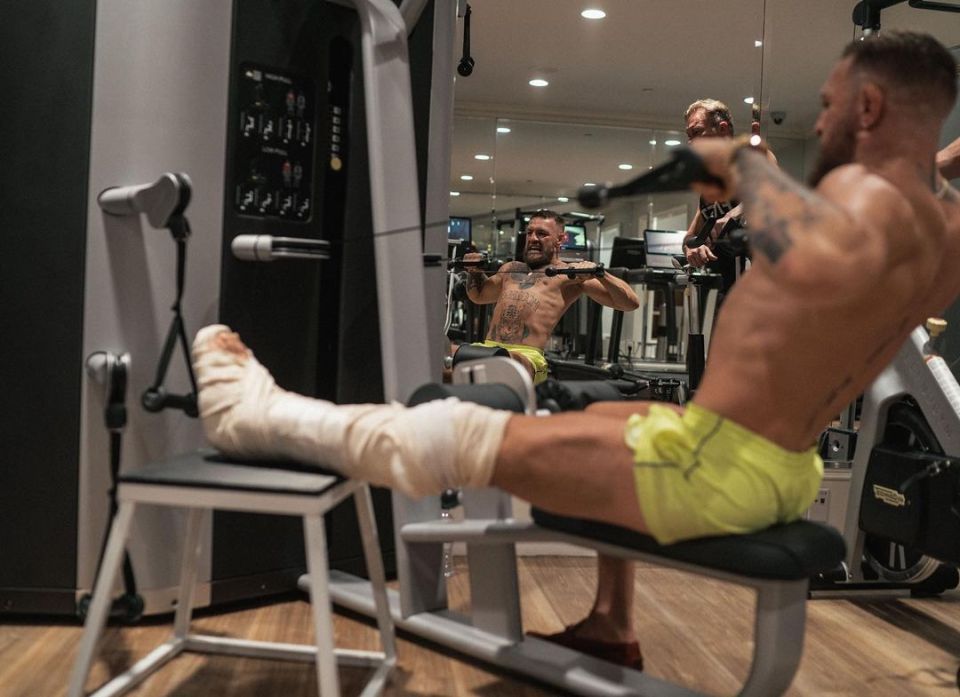



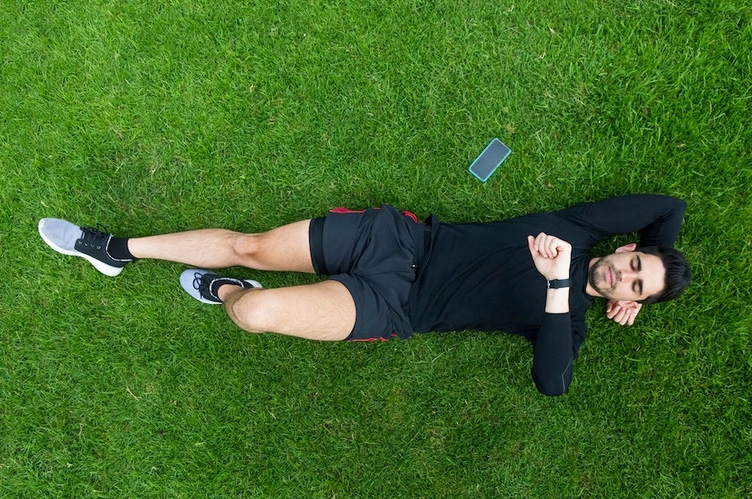












 The point of all those different training modalities? Ideally, you become a better, more well-rounded runner.
The point of all those different training modalities? Ideally, you become a better, more well-rounded runner. Think about your runs in terms of quality over quantity, Kann says. “If you’re adding additional speed workouts to your week, you don’t want to run a super long run that weekend,” she says.
Think about your runs in terms of quality over quantity, Kann says. “If you’re adding additional speed workouts to your week, you don’t want to run a super long run that weekend,” she says.



 The meaning behind this heart-related metric, plus three strategies for getting back to your baseline.
The meaning behind this heart-related metric, plus three strategies for getting back to your baseline.
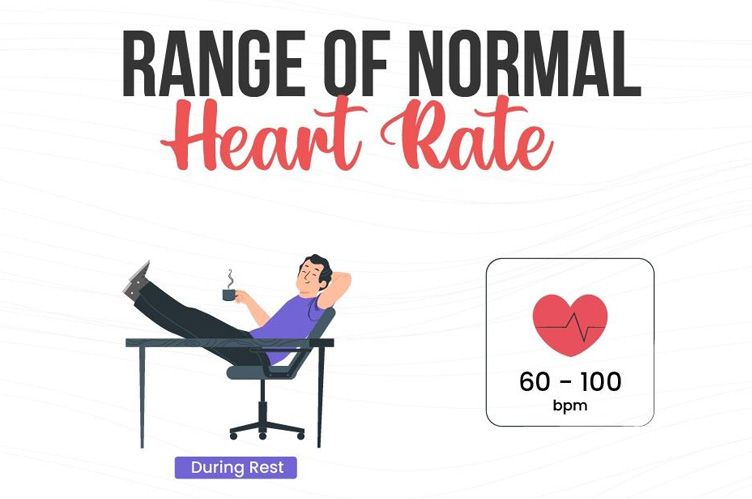 Generally speaking, a lower resting heart rate is better.
Generally speaking, a lower resting heart rate is better. Lessen your training or stop working out, and your resting heart rate will eventually creep back up.
Lessen your training or stop working out, and your resting heart rate will eventually creep back up. On the other hand, your high resting heart rate may have nothing to do with exercise. “A lot of the time, what we consider to be overtraining may not be your program,” he says. “It may be the life stresses that are just dog piles on top of you, because stress is just an accumulation of any disruption of homeostasis.”
On the other hand, your high resting heart rate may have nothing to do with exercise. “A lot of the time, what we consider to be overtraining may not be your program,” he says. “It may be the life stresses that are just dog piles on top of you, because stress is just an accumulation of any disruption of homeostasis.”
 If, after adjusting your workouts and lowering your stress levels, you’re still experiencing a high resting heart rate, it’s a good idea to check in with your medical provider. “An elevated heart rate response could be indicative of something bigger, something more problematic,” Comana says. If you implement strategies to lower a high resting heart rate and it’s not coming down, that could be a red flag that should be more thoroughly investigated, he adds. While a high resting heart rate could be tied to several conditions, it would be just one factor at play, so your doctor will do a full exam before making a diagnosis.
If, after adjusting your workouts and lowering your stress levels, you’re still experiencing a high resting heart rate, it’s a good idea to check in with your medical provider. “An elevated heart rate response could be indicative of something bigger, something more problematic,” Comana says. If you implement strategies to lower a high resting heart rate and it’s not coming down, that could be a red flag that should be more thoroughly investigated, he adds. While a high resting heart rate could be tied to several conditions, it would be just one factor at play, so your doctor will do a full exam before making a diagnosis.